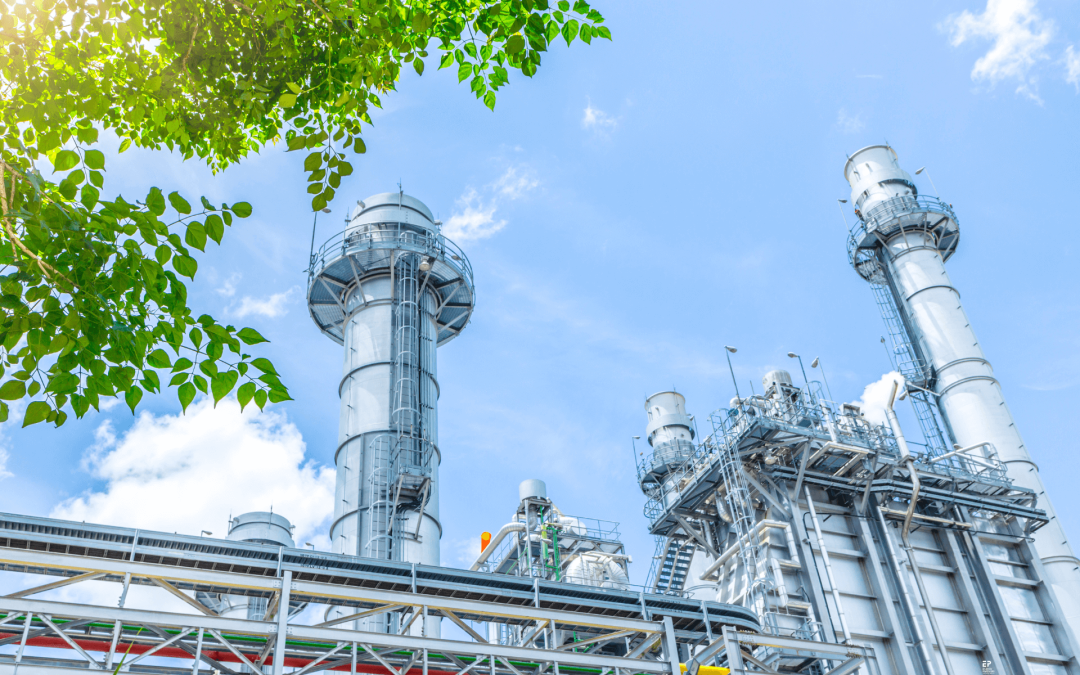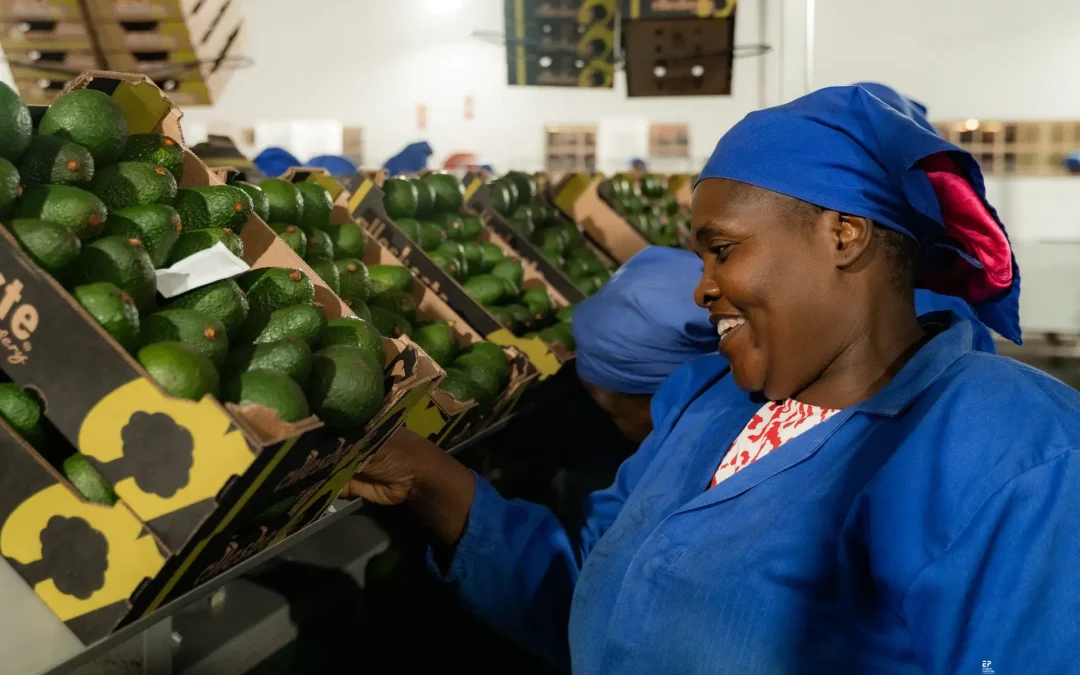Arguably, the most talked-about point to emerge from this year’s State of the Nation Address (SONA) was that ‘the end of loadshedding is finally within reach’. Since then, the assertions of President Ramaphosa have been referenced extensively by Eskom, which has made several targeted moves towards its ambitious turnaround plan.
Most recently, newly appointed Electricity Minister, Kgosientsho Ramokgopa, made the bold assertion that the anticipated improvement in the electricity supply would make his role redundant by the end of the year. Data on Eskom’s medium-term outlook, however, suggests that it may not yet be time for South Africa’s commercial and industrial (C&I) companies to abandon their contingency plans to ensure security of supply.
The SONA left South Africa’s C&I sectors with high hopes and expectations. The speech marked the culmination of inferences that have been made since late-2019, that Eskom had employed serious measures to put an end to rolling blackouts. For the past few years, the reality on the ground, however, has been the steady deterioration of South Africa’s energy and supporting infrastructure, and the severe escalation of loadshedding.
By 2023, Stage 6 loadshedding had set in and the future of reliable electricity supply was looking bleaker than ever. All the while, the impact of the energy crisis was being felt far beyond the realm of ordinary households. Companies across every sector suffered unprecedented financial losses, business interruption, dramatic drops in productivity and spikes in expenditure.
The losses have undoubtedly been exponential – recent estimates by the Council for Scientific and Industrial Research found that loadshedding cost the South African economy R560 billion in 2022 alone. In the retail sector companies are reporting as much as R500 million diesel cost expenditure annually because of loadshedding.
The sobering truths about the ‘turnaround’
Since then, however, references to a possible recovery for Eskom and the country’s failing power stations have abounded. Most recently, Ramokgopa announced that due to the reinstatement of unit 3 of the Kusile coal-fired plant, the country had begun to ‘turn the corner’ in reducing loadshedding.
Eskom has since reported a consistent, year-on-year improvement in its Energy Availability Factor (EAF), with the latest increase being from 27.4 GW EAP in May 2023 to 28.9 GW in October 2023. While this does provide much-needed relief from the growing intensity of rolling blackouts and will go a long way in curbing the escalation, the EAF remains very low, hovering above the 50% mark; which effectively means that half of Eskom’s generation fleet remains out of service.
Furthermore, the relative gains made towards improving EAF remain well below Eskom’s set target of above 60%. These top-level figures alone, show that despite Eskom’s claims that the worst is indeed over, the numbers are simply not adding up. With 2024 being one of the most pivotal election years in South Africa’s democratic history, the chance of political ‘string-pulling’ to prop up the harsh realities of the situation, cannot be ruled out.
Facing the figures
Eskom’s Medium-Term System Adequacy Outlook (MTSAO) for 2024-2028 gives credence to the fact that, in terms of the state of the C&I sectors, due caution is warranted when it comes to relying on the idea of an energy-secure future over the next five years.
Among other findings, the MTSAO stated that, according to its current modelling and projections: “In terms of unserved energy, no scenario achieves the system adequacy metric of 20 GWh in all years of the MTSAO period.”
In reaching this conclusion, four assumptions were tested, namely:
- Moderate electricity demand growth of 0.64% per year
- Low EAF (averaging current levels of 50%)
- High EAF (improves to an average of 66-68%)
- Addition of new generation capacity including REIPPP bid windows 6 and 7, Risk Mitigation Power Producer programme (RMIPPPP), IRP’s gas-to-power capacity, utility and private scale embedded generation (own solar)
As per the results of the MTSAO, none of the projected scenarios is able to close the existing shortfall gap between demand and supply over the next five years. If anything, these findings highlight a number of severe challenges in maintaining system reliability and adequacy, which will require further investments and major adjustments to Eskom’s energy generation strategies to meet the desired goals.
The below graphic shows the correlation between expected loadshedding stage and the EAF:

Given the EAF trajectory over the last decade, it would be prudent for South Africa’s C&I sector to start planning for the worst when it comes to loadshedding.
The complex conundrums of an uncertain future
Similar conclusions were drawn by the state’s updated draft Integrated Resource Plan (IRP), which envisions an increase in new generation capacity of over 29.3 GW, procured through various programmes and projects up to 2030.
Considering that Eskom has an installed generation capacity of about 49 191 MW, the current shortage is about 25 087 MW given the current energy availability factor of around 51% for the year to date. Turning the corner and ending loadshedding within a few months through quick fixes, as promised, is thus unrealistic. Instead, large new-build projects are required – and soon – to close this shortfall gap, yet these often take years to develop and construct.
The IRP places a strong emphasis on gas-to-power capacity and currently, South Africa imports the majority of its natural gas from Mozambique. However, due to several factors relating to infrastructural limitations, political tensions and environmental pressures, gas imports from Mozambique are expected to decline. Furthermore, Sasol’s recent announcement that it will cut off its supply of the gas pipeline to industrial customers from as early as 2025, will throw yet another spanner in the works.
The most viable alternative is imported Liquefied Natural Gas (LNG), for which there is currently no import terminal capacity at South African ports. Imported gas will also come at a much higher price than the gas sourced from Mozambique. Amidst these arresting realities, the long-term financial feasibility and successful roll-out of this planned gas-to-power capacity therefore hangs in the balance.
Eskom also plans to operate some of its coal power stations, which have been earmarked for decommissioning beyond their intended service lives. However, given the current unreliability and increased risk of breakdowns with end-of-life power stations, this is also likely to fall short of expectations.
The updated IRP also relies to a very large extent on embedded generation and distributed capacity (own generation, rooftop solar PV, energy efficiency etc.) which is expected to increase by 900 MW per year. If anything, this projection provides firm proof that the government will not be able to solve the energy in its own capacity, despite its lofty promises.
There’s simply no quick fix – wheeling included
The private sector is contributing significantly to potential new utility-scale generation through independent power producers (IPPs), who are entering into direct energy wheeling arrangements with companies across South Africa. Although wheeling will, in the long-term, add generation capacity, wheeling inherently does not address the need for security of supply for companies in South Africa.
To this point, it is important to note the following:
- Unreliable renewable generation without energy storage for wheeling purposes will not address generation capacity constraints in the Eskom grid in the short-term. In fact, it is more likely to worsen the “Duck Curve” phenomenon and introduce additional challenges to Eskom peaking generation requirements, which could result in elevated stages of loadshedding during specific times of day
- Wheeling, however, does have the potential to improve renewable penetration for companies in the long run. Furthermore, it has the potential to generate (lower than embedded generation) savings through wheeling credits/refunds and consequent savings. Below is a comparison of expected embedded generation net savings versus wheeling generation net savings for companies in South Africa:
- Embedded Generation Net Savings = Grid Power Rate minus PPA Rate
- Wheeling Generation Net Savings = Wholesale Electricity Pricing System (WEPS) minus PPA Rate (where WEPS is typically significantly lower than the Grid Power Rate, which will result in lower net savings than embedded generation on a per kWh basis).
For now, at least, transmission grid capacity constraints may delay the deployment of private power generation in South Africa significantly, and although many companies and IPPs are signing agreements, these projects are ultimately still exposed to Eskom’s administrative and transmission grid capacity constraints.
A more realistic outlook
Despite slight improvements since the last assessment, the overall outlook remains precarious, with forecasts indicating a persistent capacity shortfall between Stage 3 to 4 for most of the year. Taking into account the unplanned risk of 2000 MW, higher levels of loadshedding up to Stage 5 to 6 are still highly possible.
Eskom’s MTSAO highlights the ongoing capacity constraints, emphasising the need for increased new-build capacity, improved plant performance to over 70%, and a stabilisation of electricity demand at current levels to mitigate the risk of loadshedding in the near-future.
Based on these findings therefore, the risk of loadshedding between Stages 3 and 6 will remain high over the next 12 months.
Energy-efficiency for futureproof industries
The threat to the commercial viability, operational integrity and business continuity of companies in the C&I sectors remains imminent. Without adequate risk mitigation strategies, C&I face consistently undermined levels of profitability and productivity.
There is also another important factor to consider – the ongoing and worsening impact of climate change. Even given the hypothetical scenario that the energy crisis in South Africa is solved, businesses will undoubtedly face mounting pressure brought on by the symptoms of climate change. This includes an increase in adverse weather patterns and natural disasters, the higher demand for industrial cooling solutions and the growing demand for climate-resilient strategies.
The all-encompassing solution to these challenges is to improve the energy efficiency of C&I companies and dramatically reduce factors such as carbon emissions. To remain competitive, companies of the future will need robust, energy-efficient solutions to aspects such as lighting, heating, ventilation, air conditioning and refrigeration (HVAC&R) systems.
Competitiveness will also hinge on diversifying energy sources to reduce reliance on Eskom generation. This could involve incorporating renewable energy sources such as solar, wind, or biomass into the energy mix. By generating their own power, businesses can become more resilient to grid disruptions and volatile energy prices.
Low-CAPEX, high-OPEX diesel generation should be carefully calibrated with alternative high-CAPEX, low-OPEX Battery Energy Storage Systems (BESS) to ensure affordable business continuity. Predictive analytics coupled with optimally sized embedded BESS, solar and thermal generation can sustain world-class operations in the South African energy context.
Now is also the time for companies to develop highly effective contingency plans that outline procedures and protocols for managing operations during loadshedding events. Companies should identify critical functions, prioritise equipment and resources, and establish communication channels to ensure seamless coordination and response during disruptions.
With the election date looming, the energy crisis its set to take centrestage as one of the country’s most pressing challenges and a serious threat to sustainable economic development.
For businesses in the C&I sectors, who are facing multiple infrastructural headwinds, risk management should now be a non-negotiable, top priority. In the words of Zig Ziglar, it may indeed be time to ‘expect the best but prepare for the worst.’





